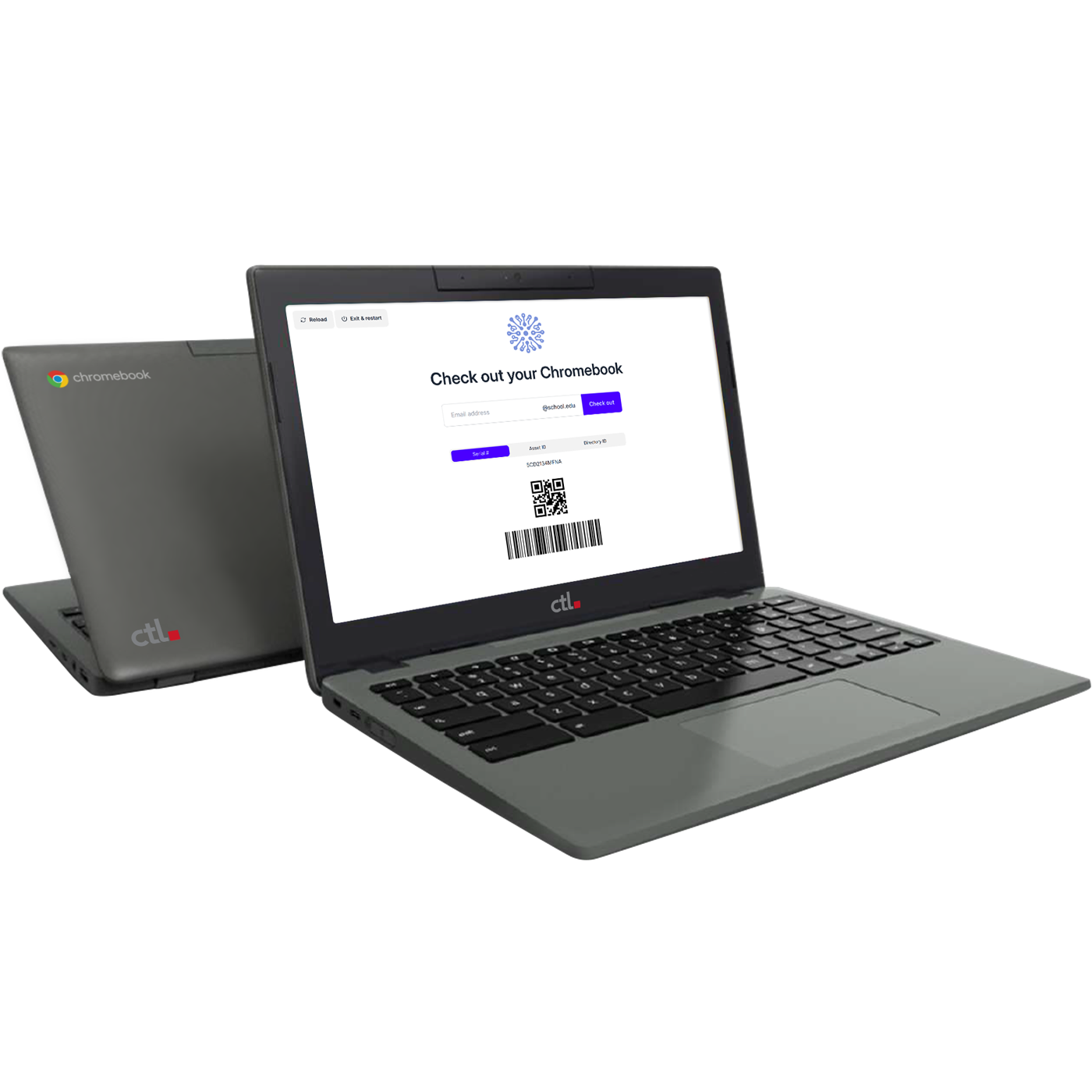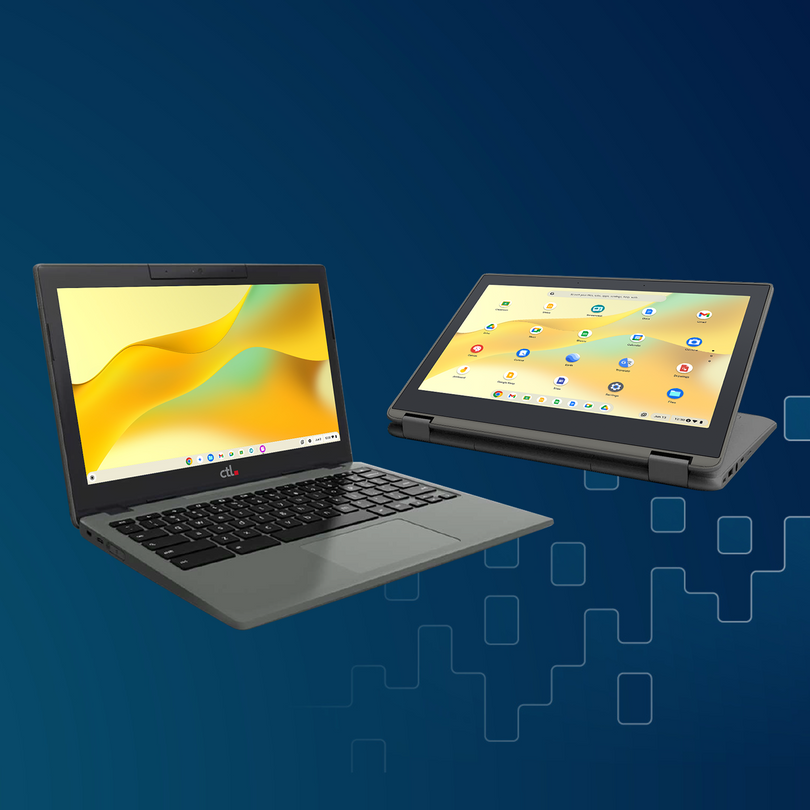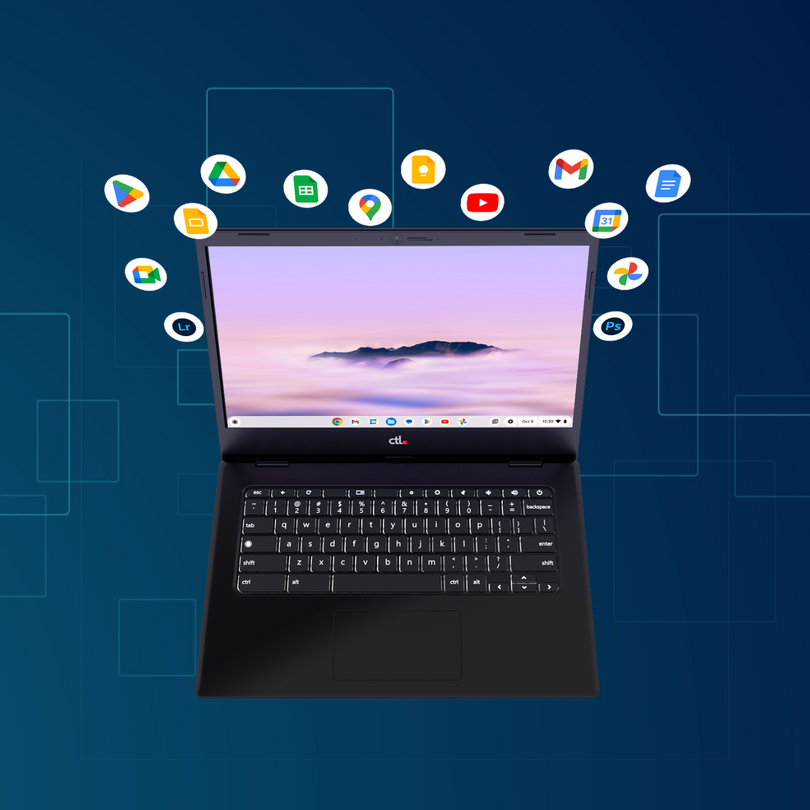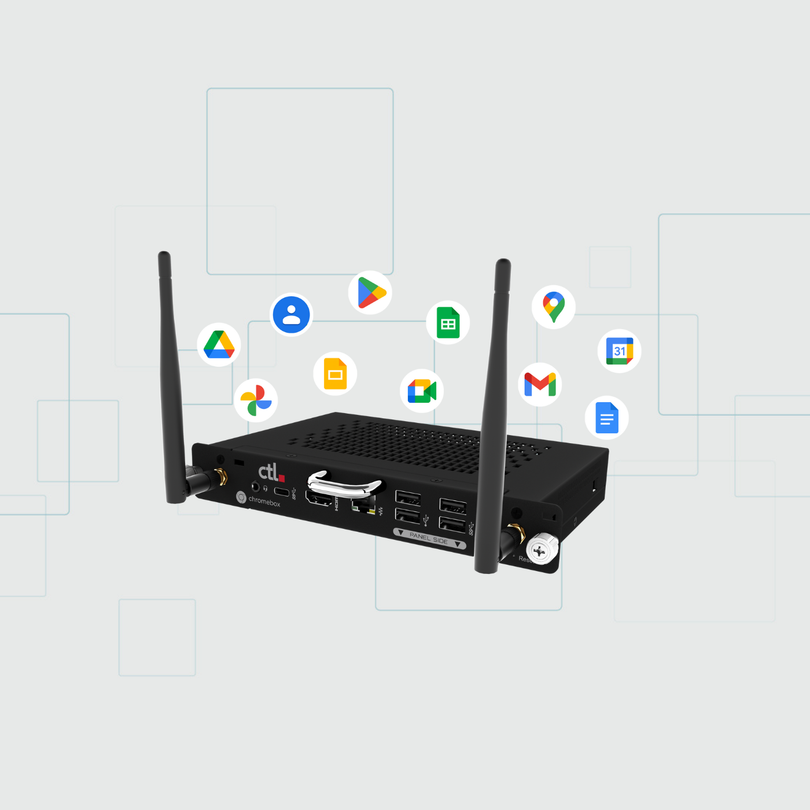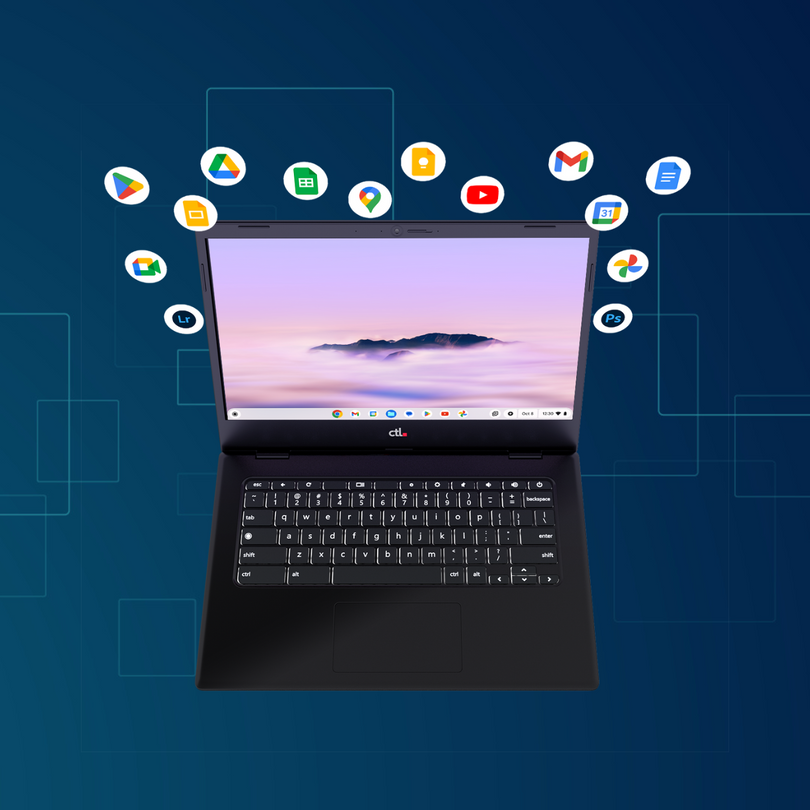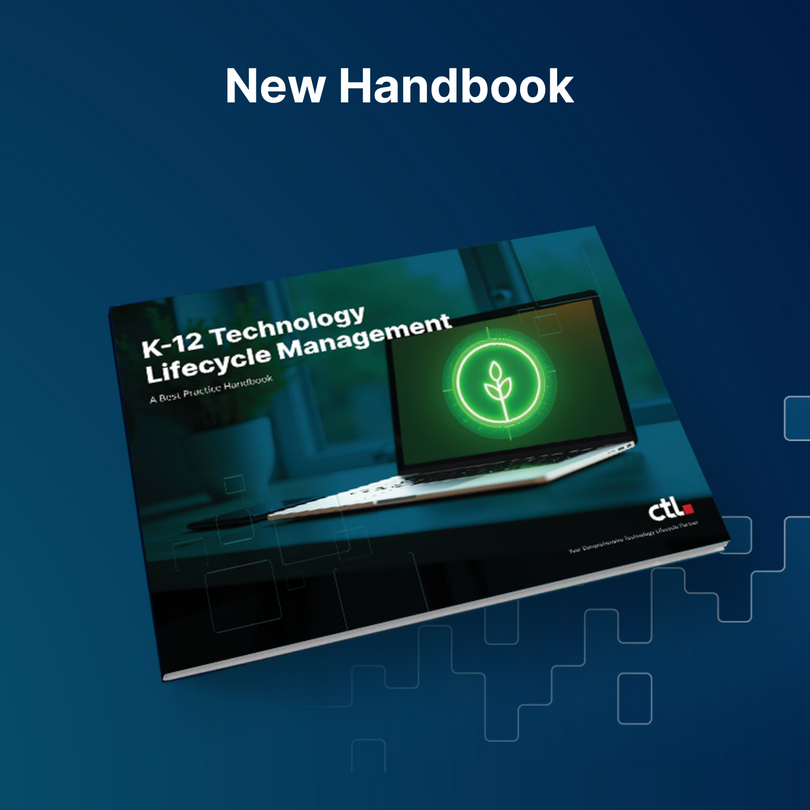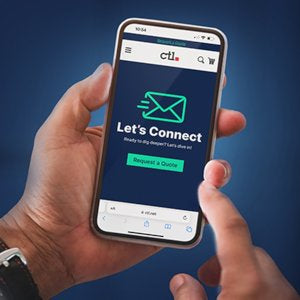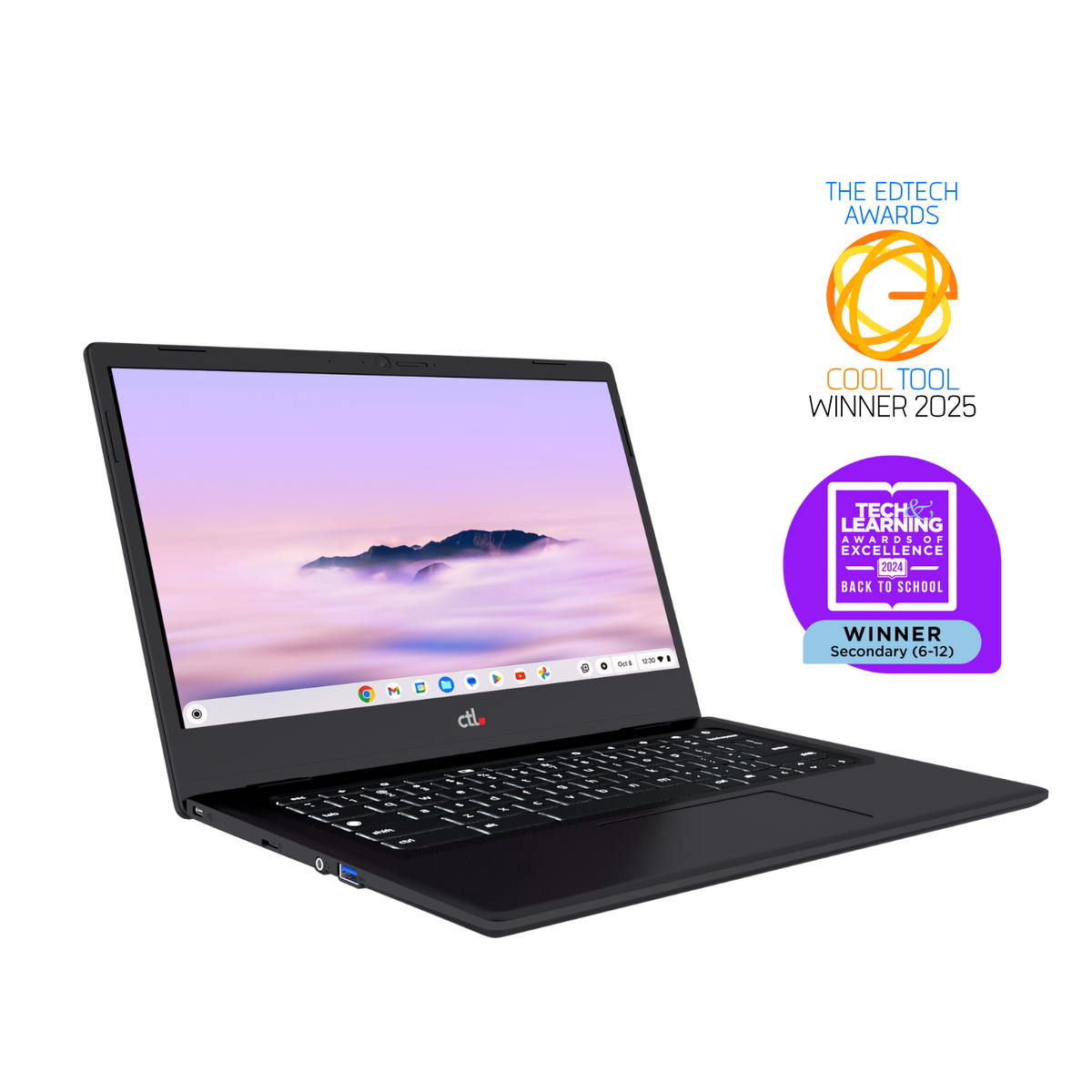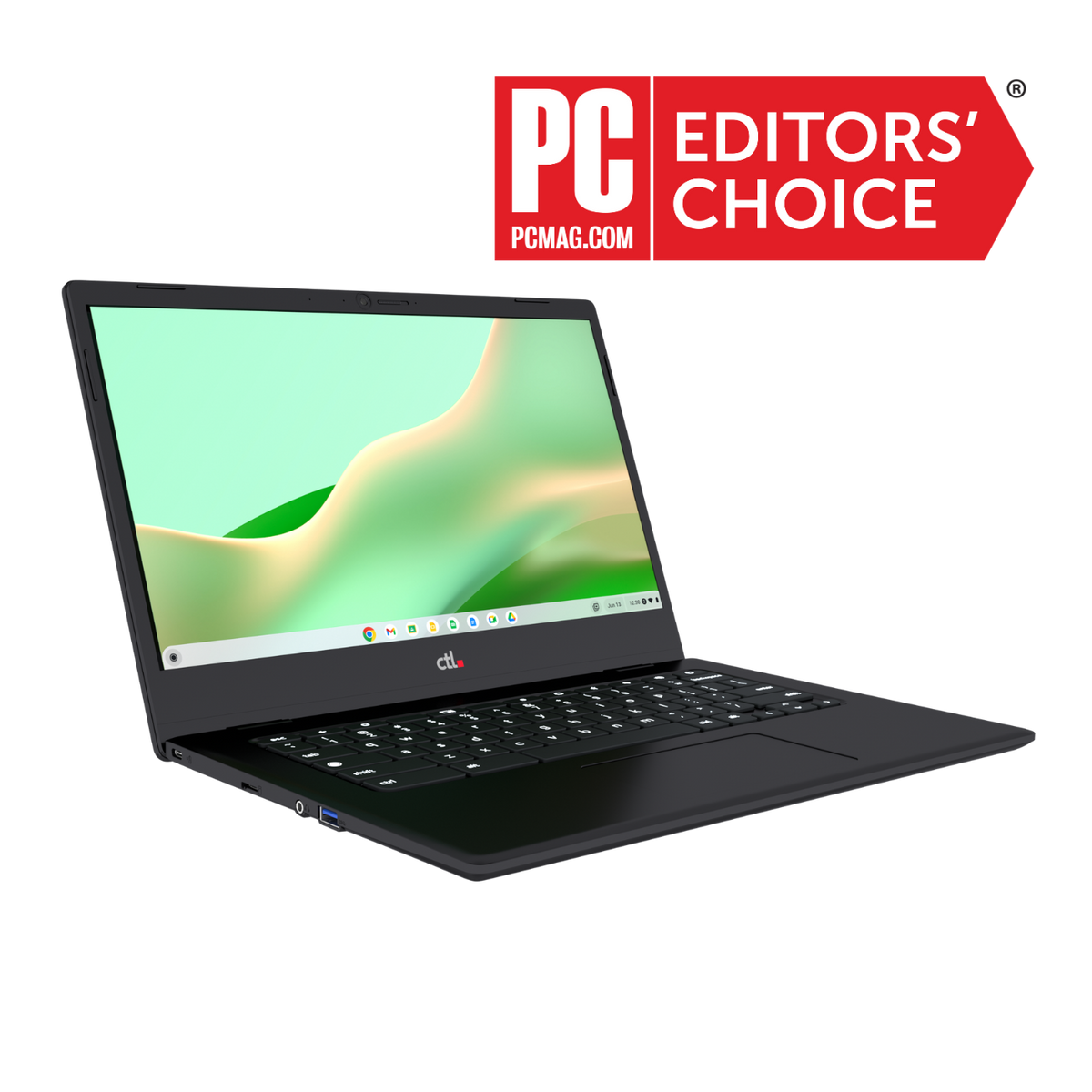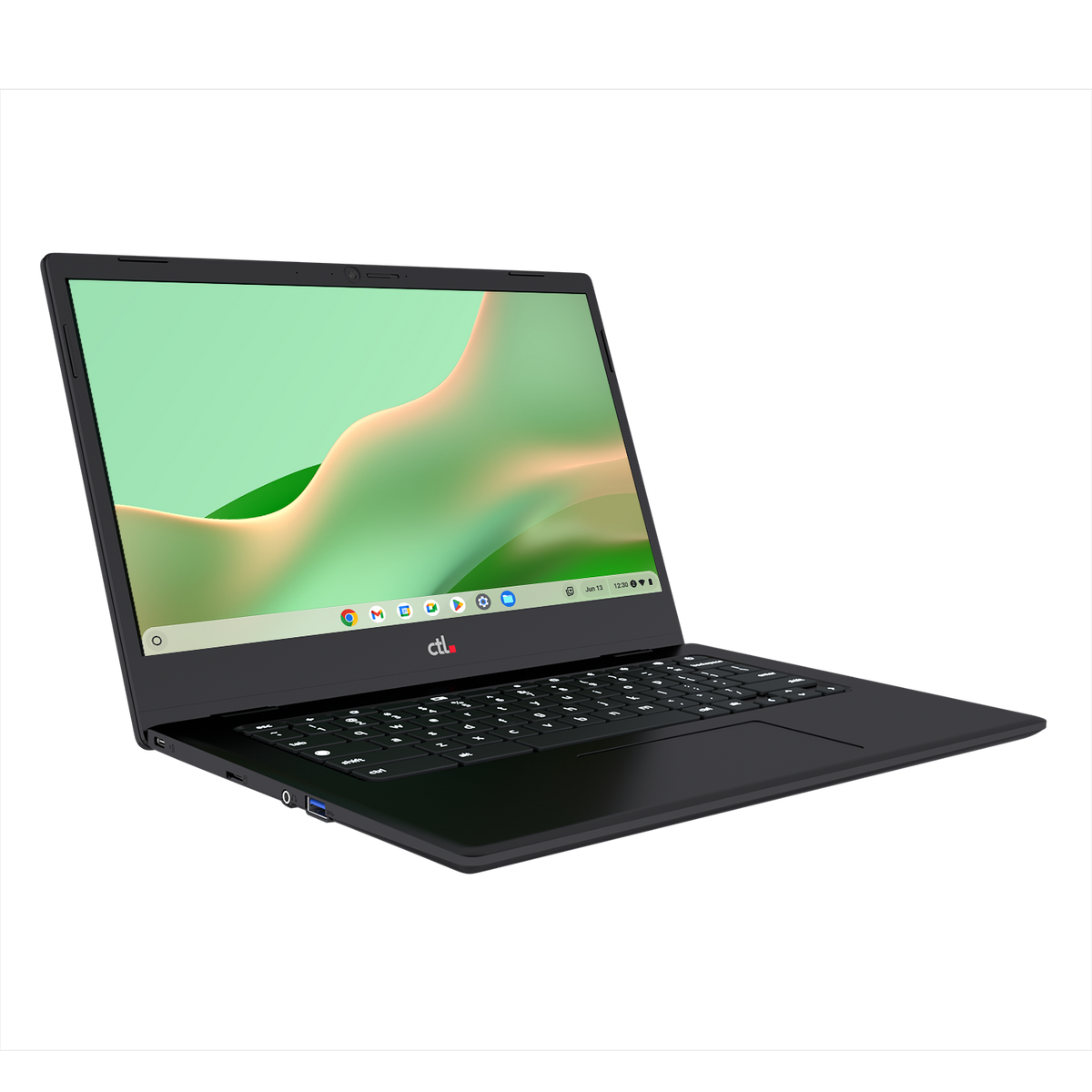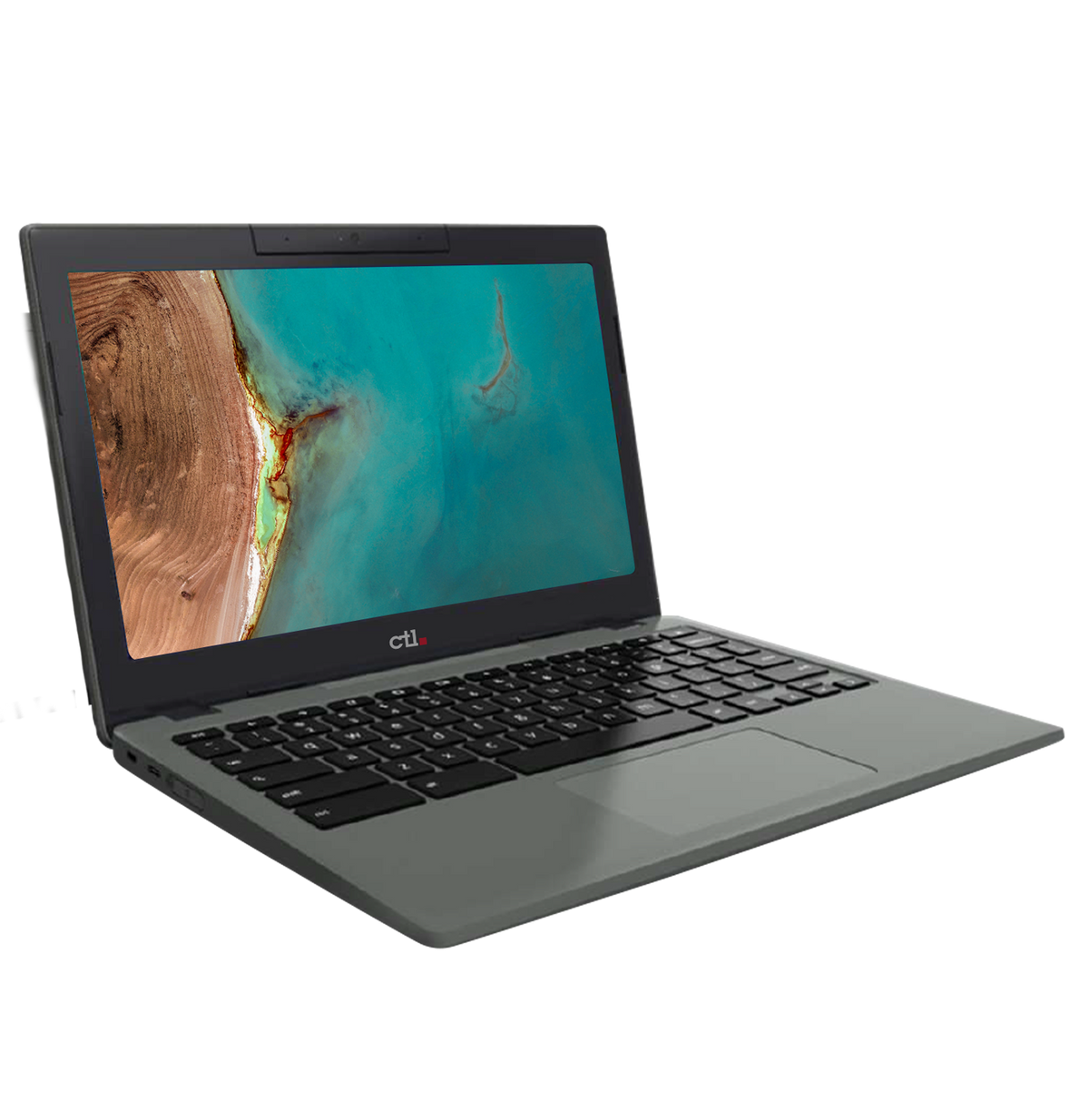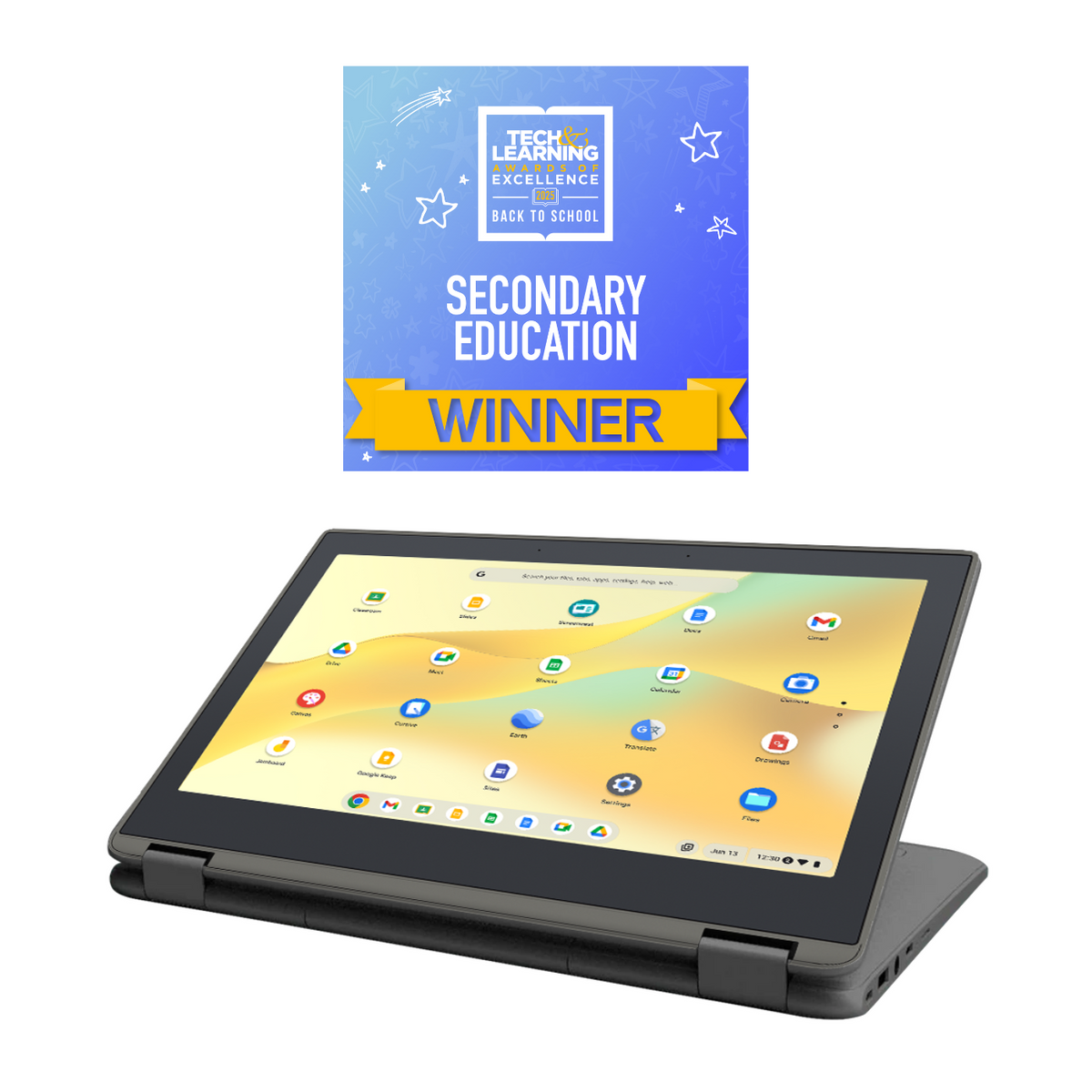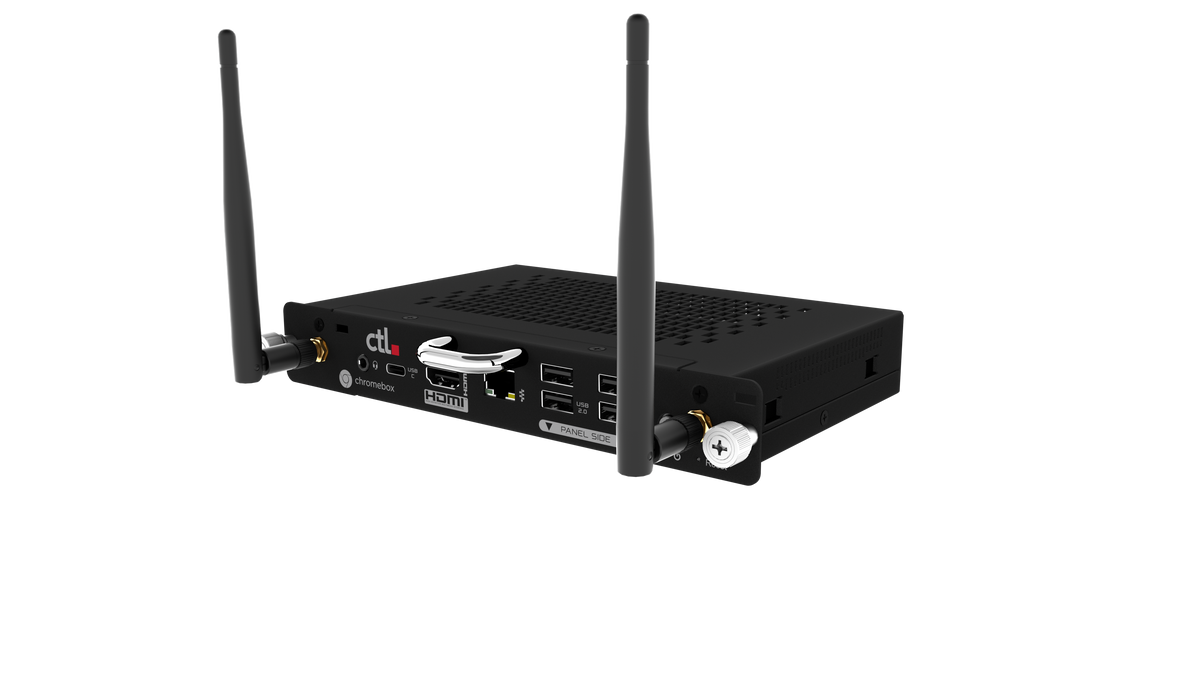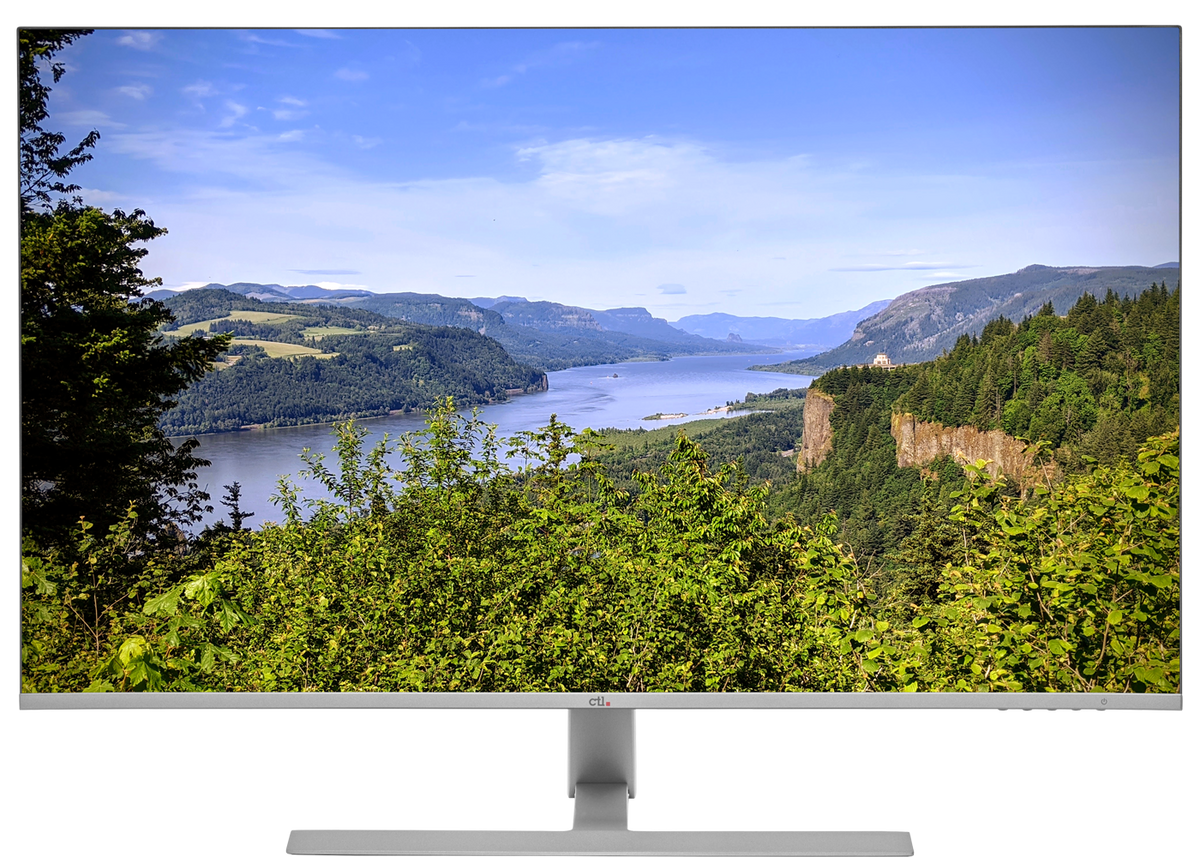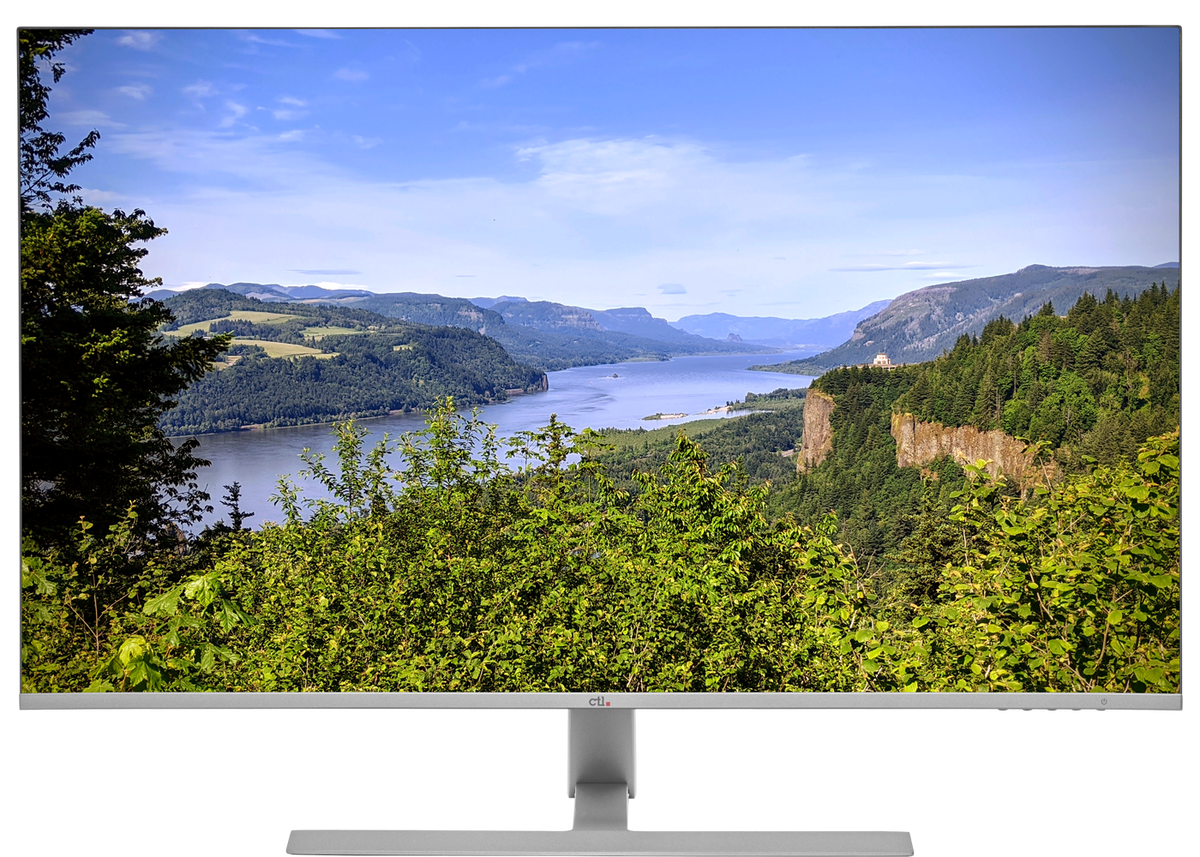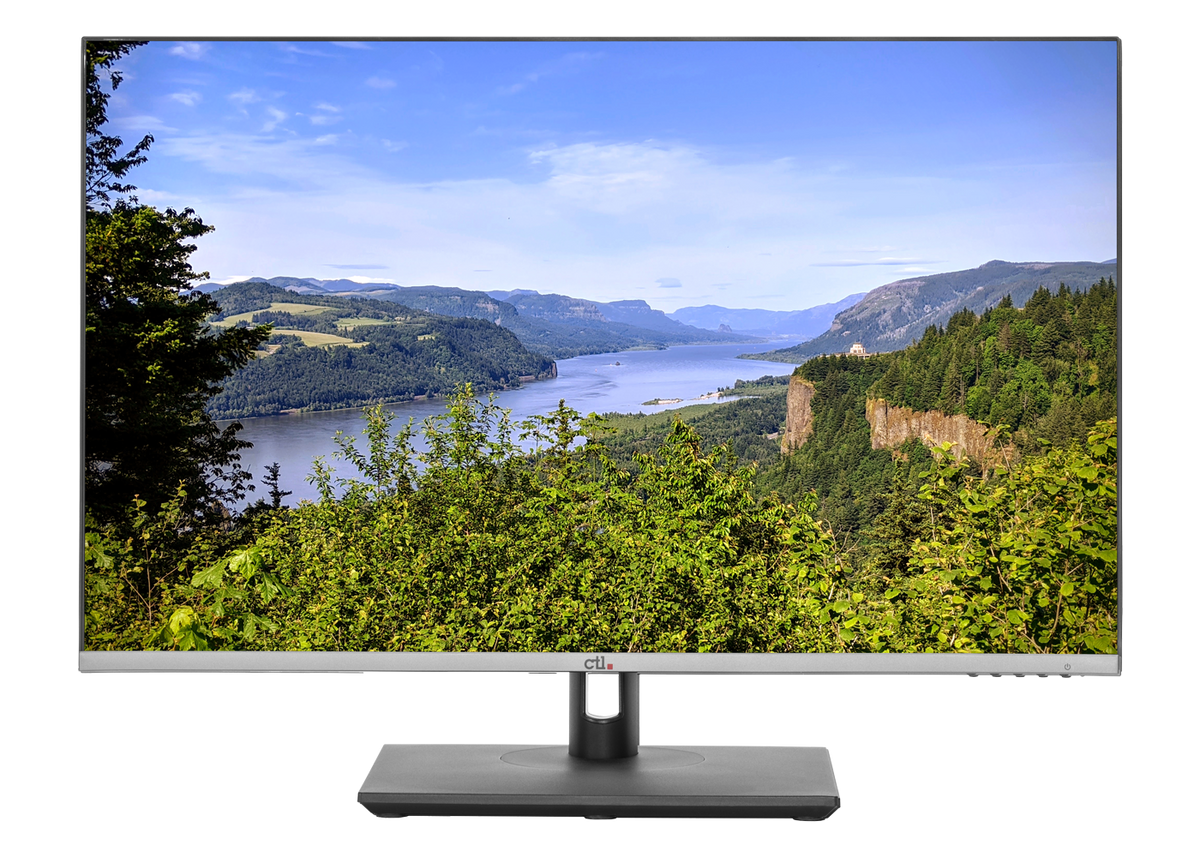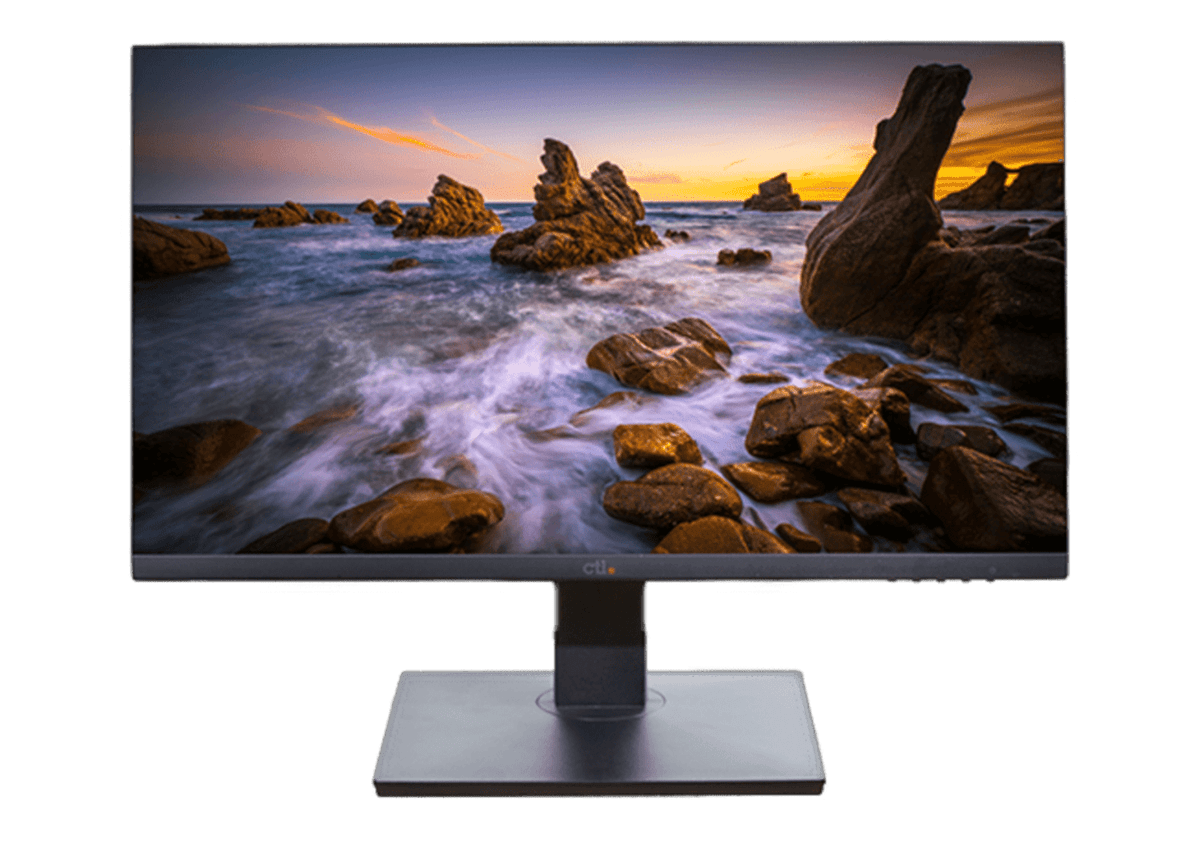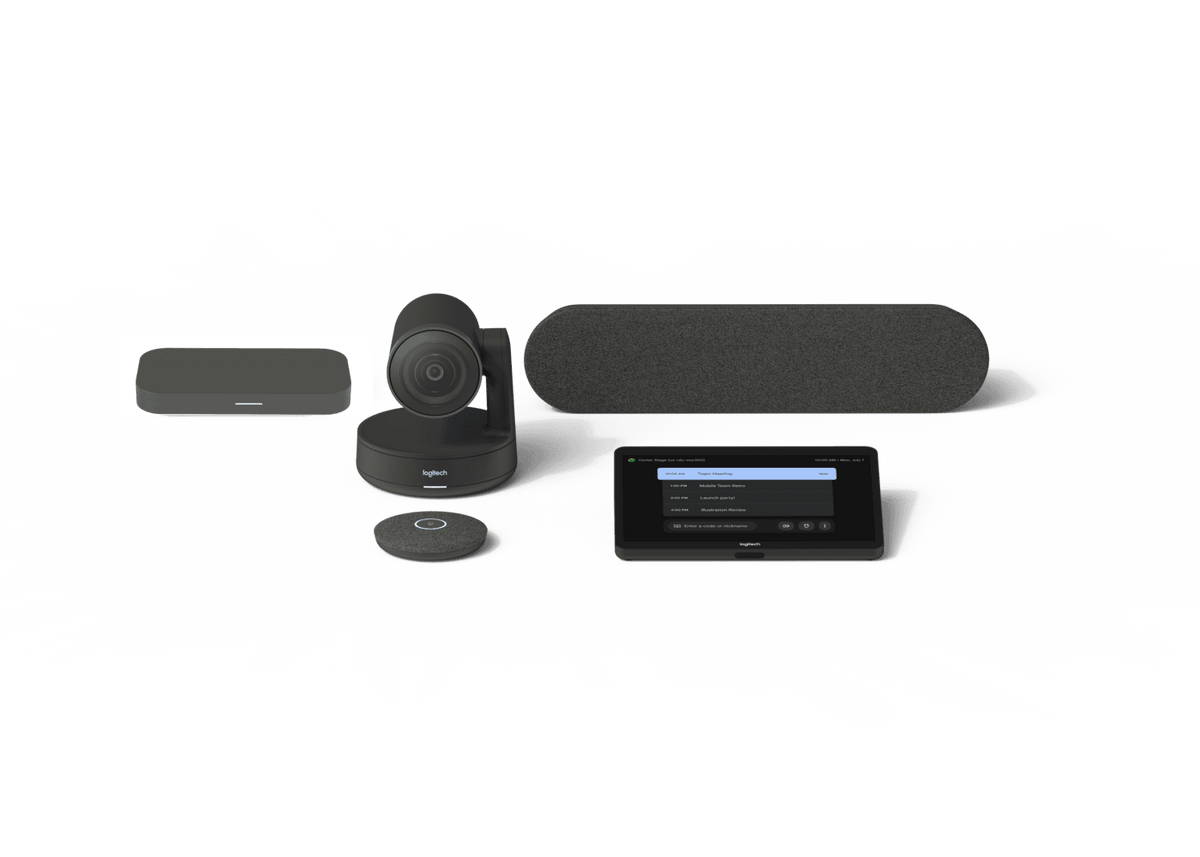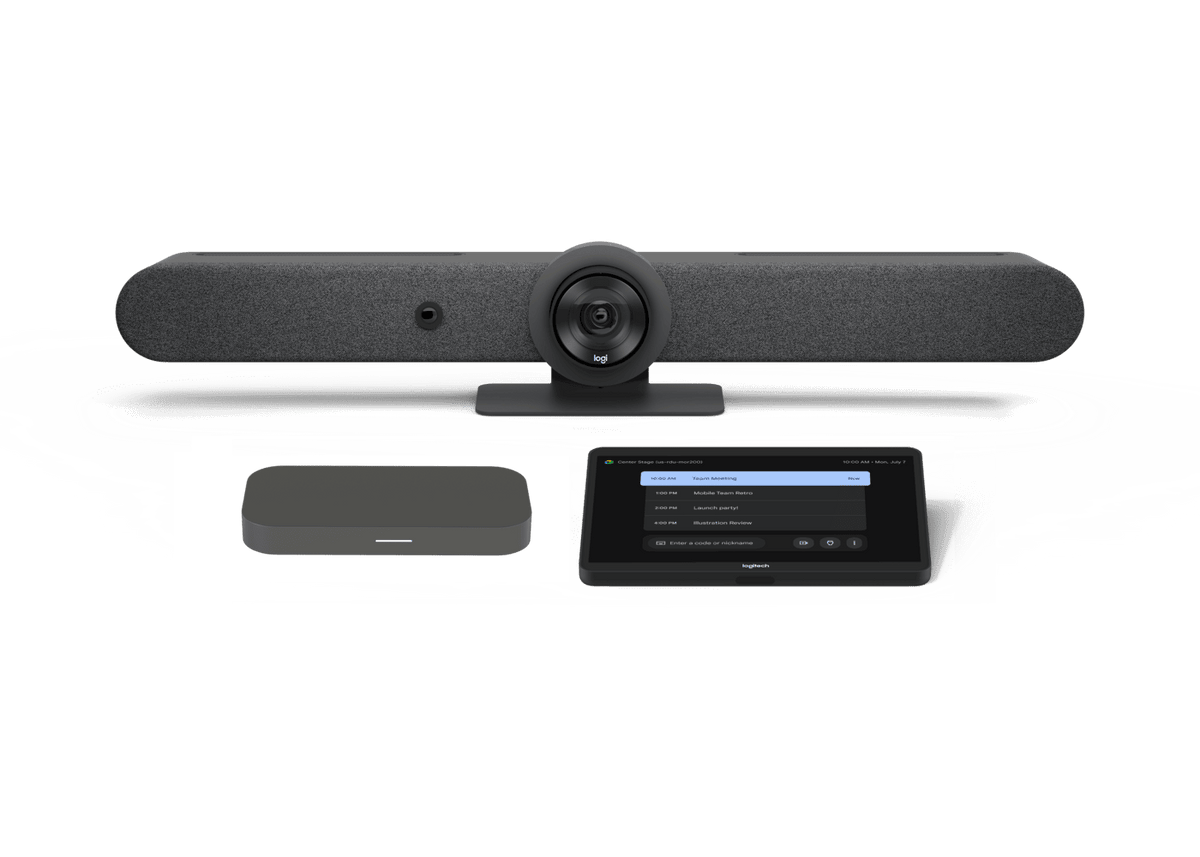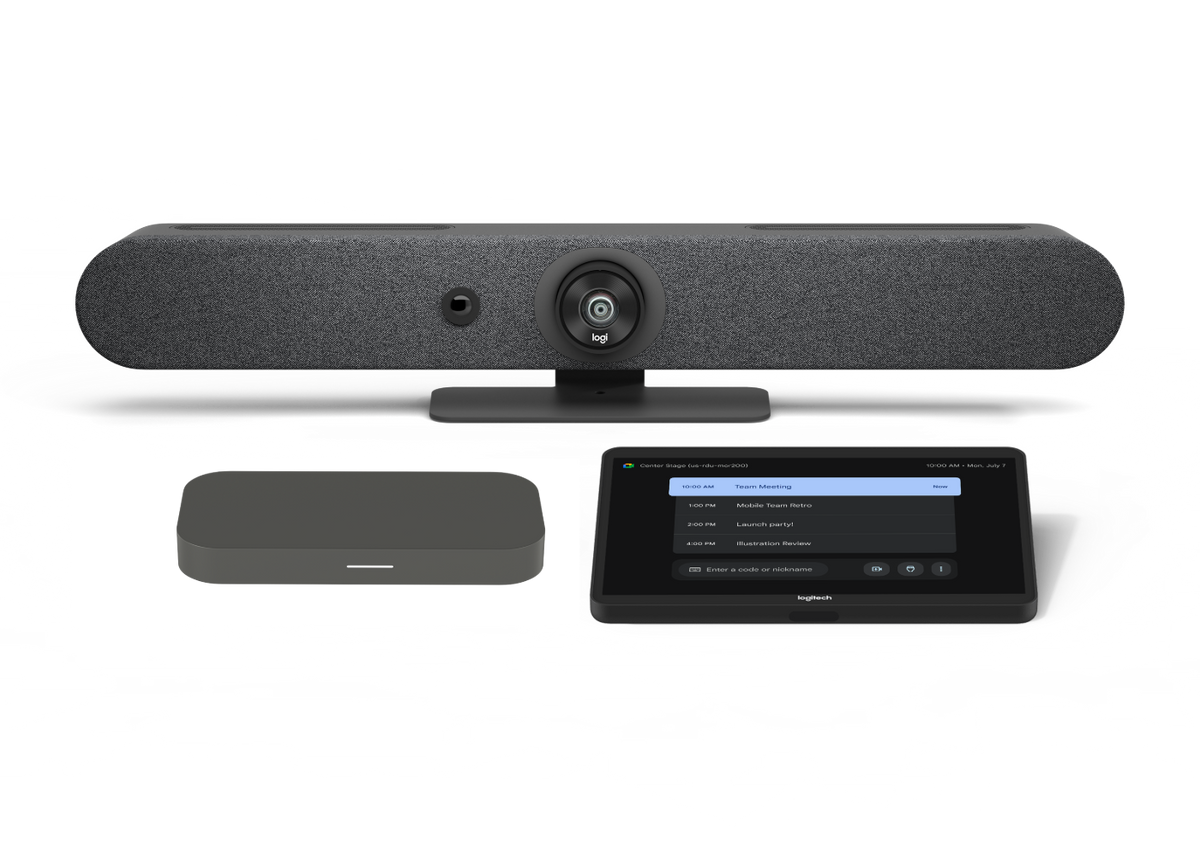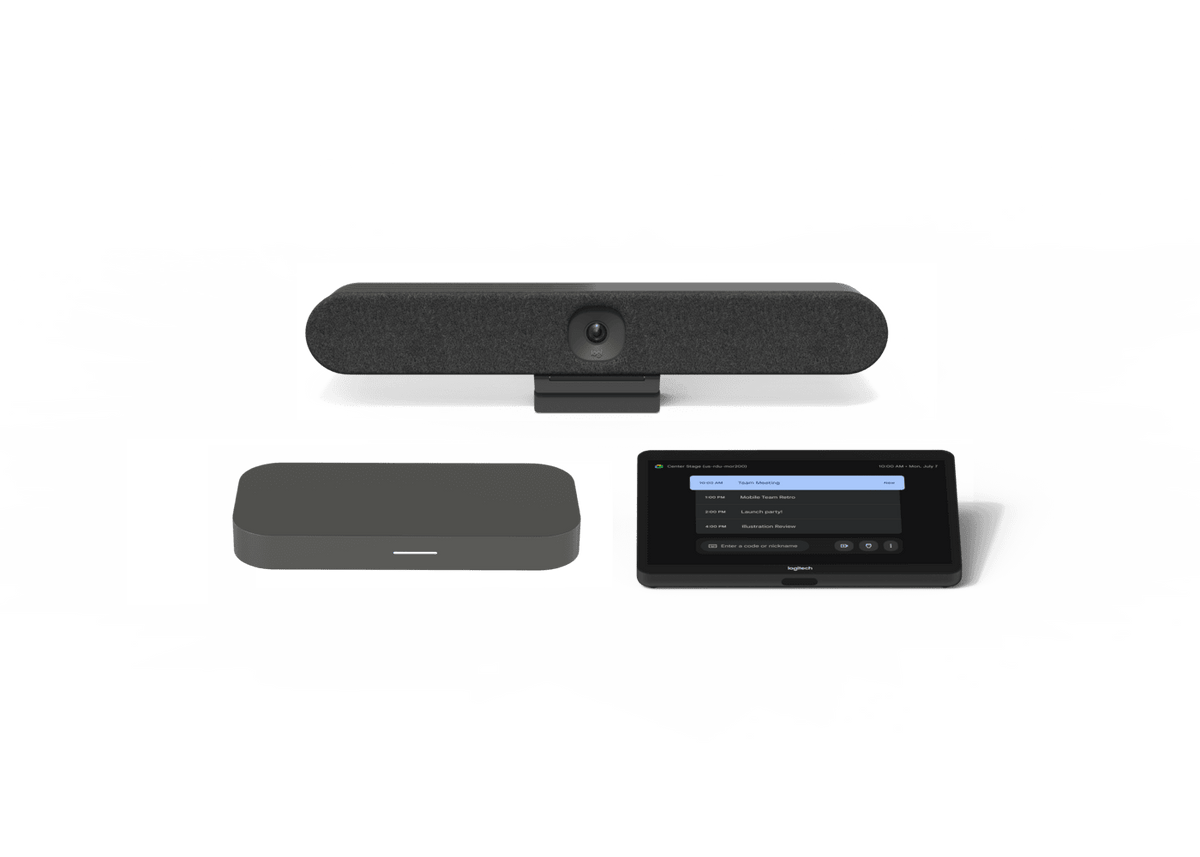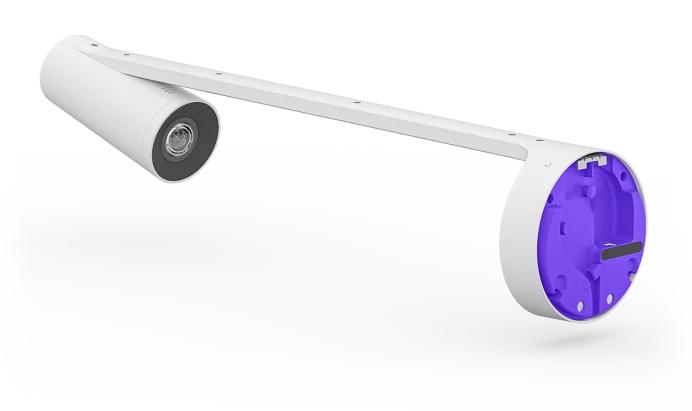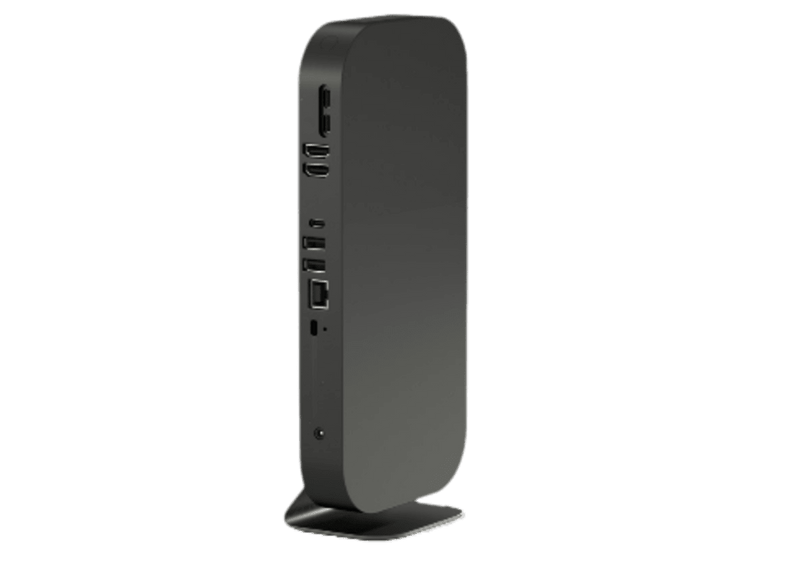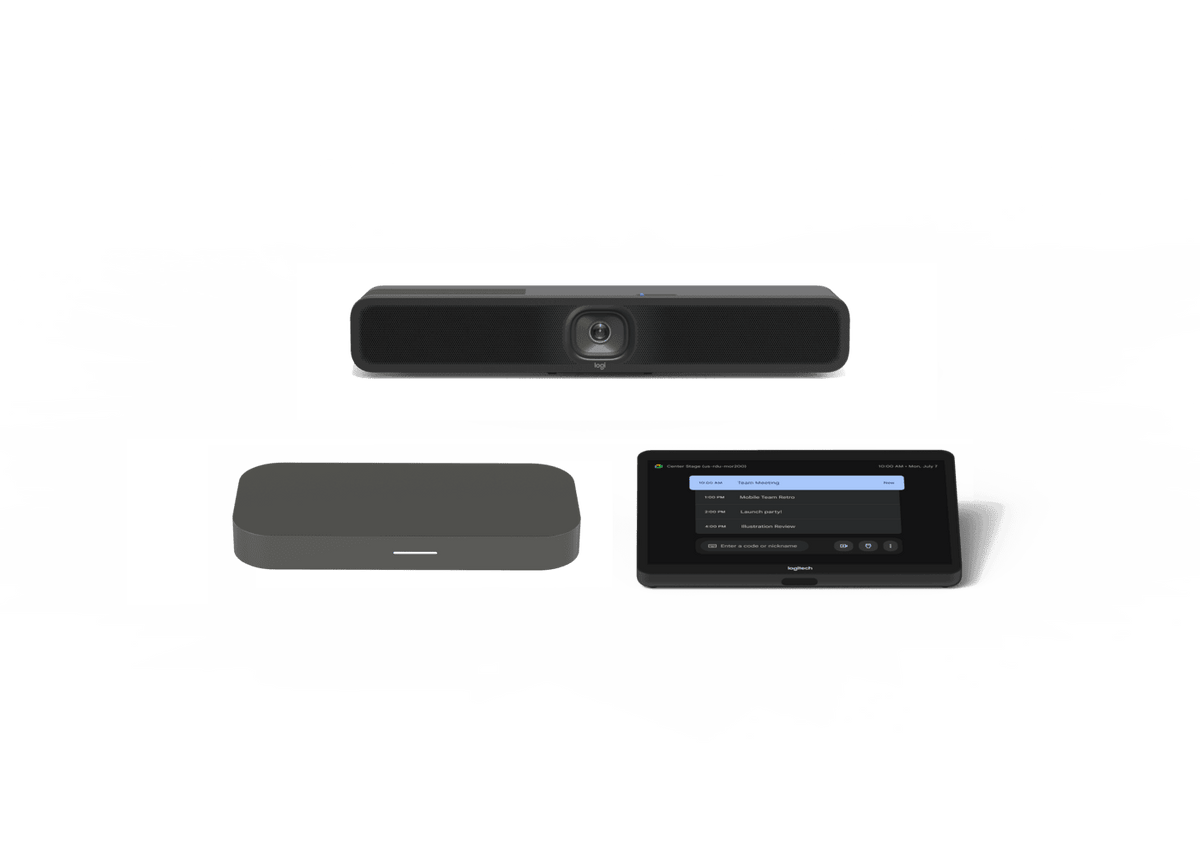Google Cast: It’s Not All About You
By Katherine Livick, ESD 112
Don’t miss CTL’s professional development webinar on Google Cast for Education presented by Katherine Livick. Join us Thursday, December 8 from 9-10am, PST. REGISTER HERE: http://ctl.li/Cast-for-Ed-Webinar.
There’s a lot going on in your classroom. Most of it is great stuff and should be shared with the rest of the class…and you need to be free to move around the room to deal with the stuff that isn’t! Enter Cast for Education, a Google tool that’s built right into Chrome. Cast facilitates collaboration in your classroom using tools you’ve already got. You don’t need to be chained to your desktop computer to present to your class–and neither do your students!
What is Cast for Education?
Similar  to Chromecast, Cast for Education takes a Chrome tab (or your entire desktop) and displays it on another device’s screen. With Cast, students can request permission to share their screens to your device that is connected to a projector. Cast for Education works via Chrome, so any PC or Mac with Chrome installed (or any Chromebook) can get in on the fun. As the teacher, you can control who can request access to your display, and then approve or deny individual requests as they come in.
to Chromecast, Cast for Education takes a Chrome tab (or your entire desktop) and displays it on another device’s screen. With Cast, students can request permission to share their screens to your device that is connected to a projector. Cast for Education works via Chrome, so any PC or Mac with Chrome installed (or any Chromebook) can get in on the fun. As the teacher, you can control who can request access to your display, and then approve or deny individual requests as they come in.
How do I (and my students) use Cast?
Setup is simple. The teacher needs to install and run the Chrome app Google Cast for Education, available from the Chrome Web Store. (If you can’t install Chrome Web Store apps yourself, ask your Google administrator to install it for you.) When the teacher is running the app, students have the ability to cast directly from Chrome using the three dots or three lines menu (where your settings are located). Students don’t need to install anything special in order to cast, but the teacher must be running the Cast for Education app in order for their display to
show up as a source.
Before students have the ability to cast to a teacher’s computer, the teacher must run the app and use the Settings button to “share” the ability to cast to it. This allows the teacher to specify who can cast to his or her display, and whether they need to ask permission first. Students must be logged in to the same Google Apps domain (district) as their teacher in order to cast. Teachers can choose to share Cast permission to an entire class in Google Classroom or to individual students or teachers in their domain.
What can I do with Cast in the classroom?
The possibilities for Cast in the classroom are limited only by your imagination. You can use a mobile device to teach from anywhere in the room, while still presenting information on a screen at the front. You can invite students to share research discoveries, processes and problem-solving, projects and assignments directly to the screen. While you could always show a Google document shared by a student on your own screen, using Cast for Education allows a more direct formative process for collaboration — a student who is stuck on a problem or needs writing feedback can show his or her work to the entire class at once. Students report that they find it “fun” to ask for help in this way. Teachers can work with individuals or small groups, while a student shares to a larger group using Cast. Cast allows student-driven collaboration to be shared with the whole class in an immediate, flexible way.
What’s next for Cast?
For now, Cast works on Macs, PCs, and Chrome devices (like Chromebooks or Chromeboxes). Currently, you can’t cast from iOS or Android devices, and there’s no official word from Google about it, but I wouldn’t be surprised if that feature is available someday. If you use Cast in the classroom, share your adventures – post on Google + or Twitter and tag your posts #castforeducation so other teachers can discover this tool!

